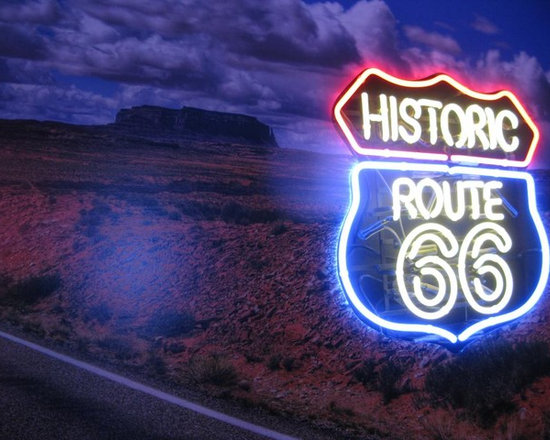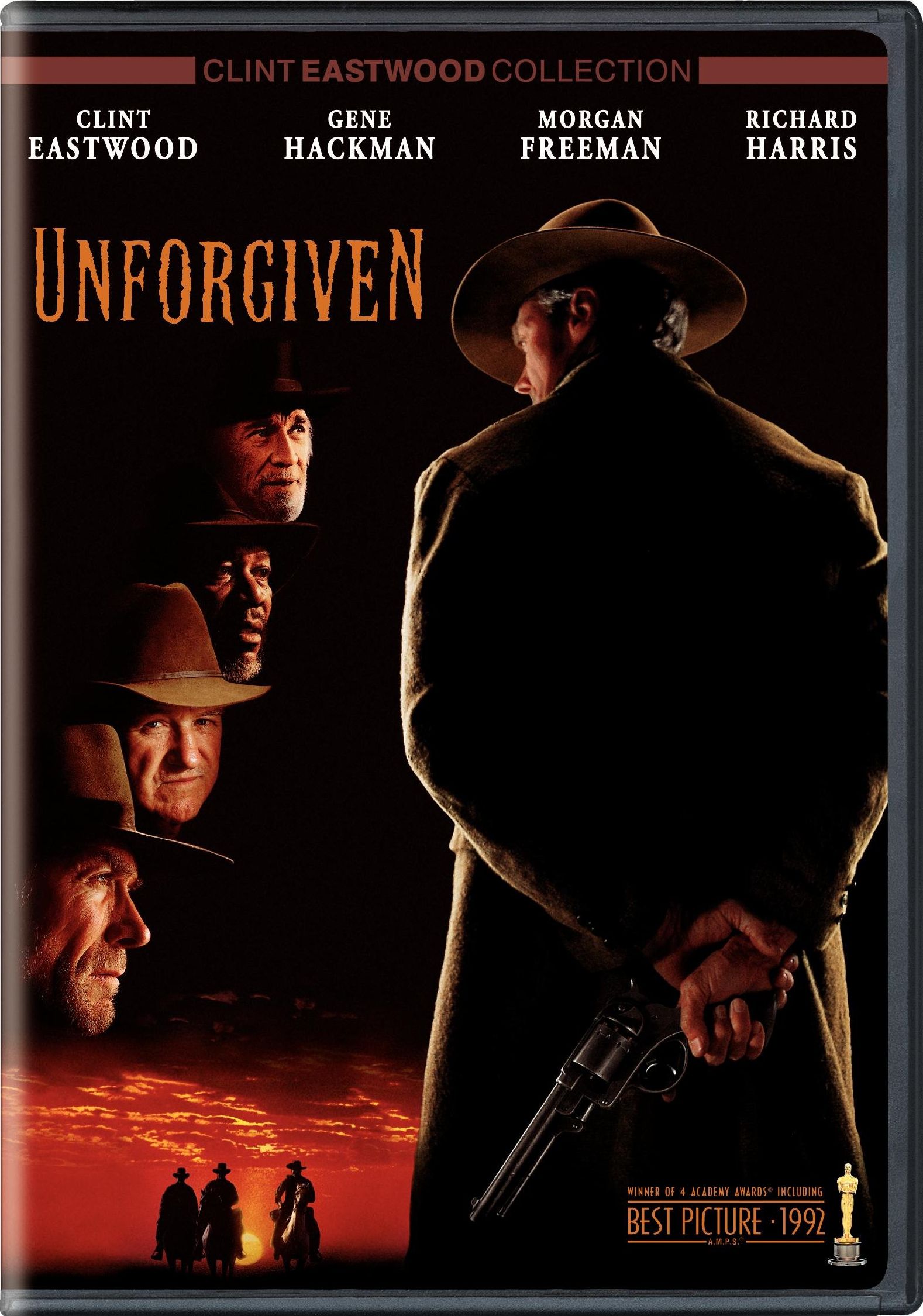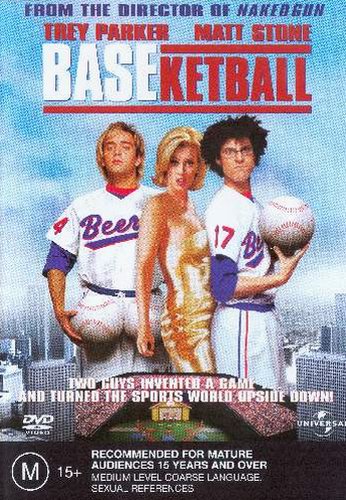Dir. Jonathan Dayton, Valerie
Faris
Starring: Greg Kinnear, Toni
Collette, Steve Carrell, Abigail Breslin
On the last day of the year I
have reached the final film of my challenge. I feel like a real winner. Which
is good, because Little Miss Sunshine
is about people striving to be winners. Admittedly, none of the characters get
what they want – Olive (Abigail Breslin) is barred from her beauty pageant, her
father Richard (Greg Kinnear) does not secure a book deal, Uncle Frank (Steve
Carrell) is overtaken as America’s number one Proust scholar, her brother Dwayne
(Paul Dano) realises he will never become an air force test pilot and grandpa
(Alan Arkin) dies. But they all gradually coalesce as a family with mother
Sheryl (Toni Collette). They leave the film happier and more unified than when
they started it.
In the film an ill-assorted and dysfunctional
family find themselves hitting the road to travel from Alburquerque, New Mexico,
to Redondo Beach, California, in a clapped-out old VW Minivan. Olive has made
it through to the finals of the “Little
Miss Sunshine” beauty pageant (after the winner of a previous heat was
stripped of her crown). Sheryl needs Richard there to drive the van. Grandpa
insists on coming after he has been coaching Olive. Frank, temporarily staying
with them following a suicide attempt, has to come along so that they can keep
an eye on him, and likewise Neitzsche-reading teenage Dwayne who has taken a
vow of silence until he achieves his aim of qualifying for the air force. They
face upsets along the way which culminate in a spot of grave-robbing. The
adventures and vignettes along the route are part and parcel of the Road Trip
genre; so too are the personal journeys undertaken by each of the characters.
And so according to the goals
they set themselves they may all be unsuccessful. Richard starts the film
stating that “There are two types of
people in this world: winners and losers.” It is his foul-mouthed reprobate
father who nuances this later on. He says that “Losers are people who are so afraid of not winning, they don’t even
try.” In the end they have to be themselves. Even knowing that Olive is
seriously outclassed at the beauty pageant they let her take the stage – and they
all run up there to support her. They start as individuals, all focused on
their own individual desires. Frank studies Proust. Dwayne reads Nietzsche.
Richard echoes Dwayne in that his motivational speaking mirrors the Nietzschean
‘will to power’. Their actual prize is learning to trust and support each other
unconditionally along the way. And a large part of this is down to the presence
of Olive. You just cannot be horrible to a seven-year-old girl. It’s
impossible. She actually is the sunshine that binds the family together. She is
the only one who can make her grandpa behave like a human, she hugs her mother
at the right time, and she brings Dwayne back from his tantrum when his dreams
are crushed. She is wonderfully human when the ‘winners’ they encounter are all
freaks, from the smooth agent to the porn-obsessed cop to the monstrous and
petty pageant organiser to the actual contestants themselves. Child beauty
pageants are freaky as hell, with the spray-tanned, bouffant-haired,
hyperconfident little girls prowling around sexually in swimsuits looking like
aliens. To be honest if that is the sort of thing that defines being a winner
in this world the Hoovers are better off out of it…
 |
| The Chef might have been Little but the Eaters were not Happy |
The parts are well-acted. The
innocent Breslin as Olive in particular shines, alongside Dano (who has to act
without words for most of the film), Arkin’s gloriously badly-behaved grandpa
and Carrell’s low-key depressive (cast before Carrell hit the big time with The 40 Year Old Virgin and The Office: an American Workplace). Toni
Collette did not really have that much to get her teeth into I felt, and
Kinnear’s Richard just reminded me too uncomfortably of William H. Macy’s Jerry
Lundberg in Fargo. There was, in
truth, a touch of the Coen’s about the whole film. Considering that it deals
with death, suicide and broken dreams it is actually a bit of a feel-good film.
It certainly makes one happy to be part of a family.
What have I learnt about The Road?
The roadway network in America is
constantly evolving. In Easy Rider
(1969) Wyatt and Billy rode almost deserted roads between fields. In Vanishing Point (1971) the roads were
busier and in the process of being constructed. In 2006’s Little Miss Sunshine we see concrete multi-lane highways and
flyovers.
It is a crime to transport a dead
body across a state boundary without a permit. This is not something I had ever
personally thought of before, and I am hoping that this knowledge will not
prove to be of any real use to me in life!
Can we go there?
In the original screenplay of Little Miss Sunshine the Hoovers were
required to undertake a roadtrip from Maryland to Florida. An east coast
roadtrip would have been a nice companion for Easy Rider’s Mexico-Arizona-New Mexico-Louisiana or Vanishing Point’s
Colorado-Nevada-California. However, to facilitate filming the journey was
changed to a sort of ‘Reverse Easy Rider’:
New Mexico-Arizona-California. The Hoovers start off in Alburquerque and head
down Interstate 40 to end up in Redondo Beach on the coast. Richard takes a
separate detour en route to Scottsdale, Arizona.
The bulk of the movie was shot in
California however. The diner where Olive orders “waffles alamodie” was actually Pann’s
on La Tijera Boulevard in Los Angeles. The beauty pageant was not actually
filmed in Redondo Beach but in Ventura instead – the ‘Redondo Suites’ were the Crowne Plaza Ventura Beach Hotel. Frank and Dwayne have a heart-to-heart on Ventura Pier.
Overall Rating: 3/5














